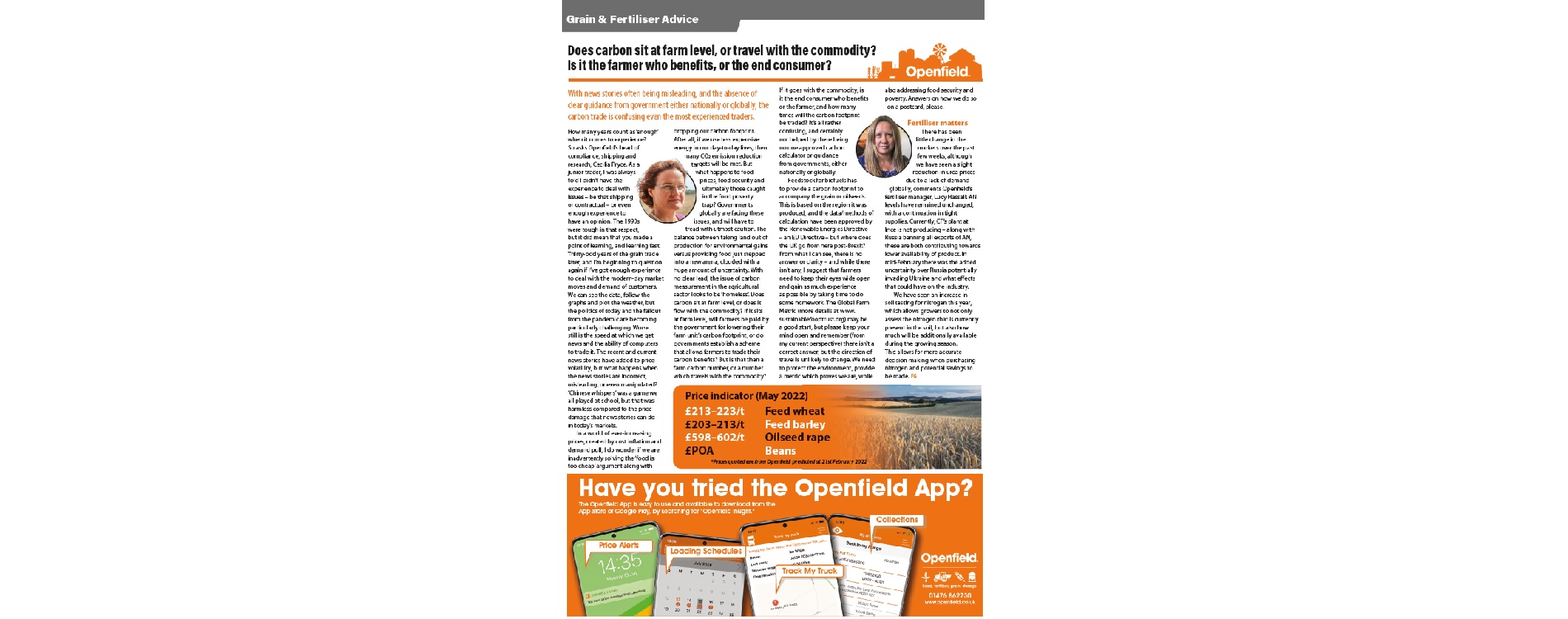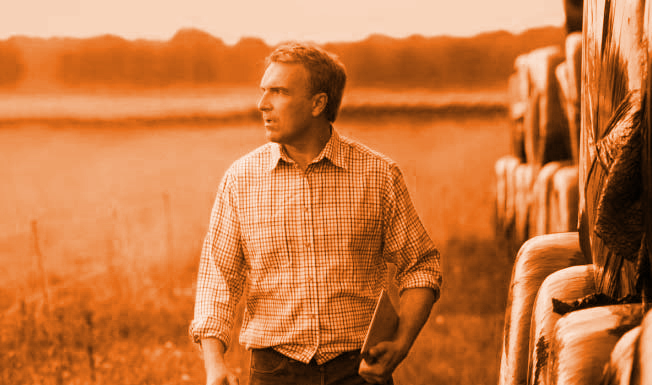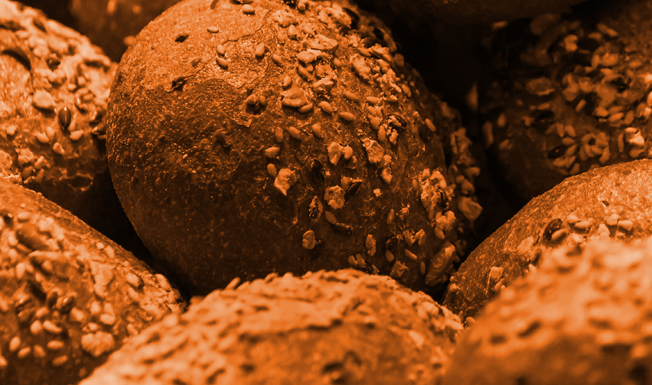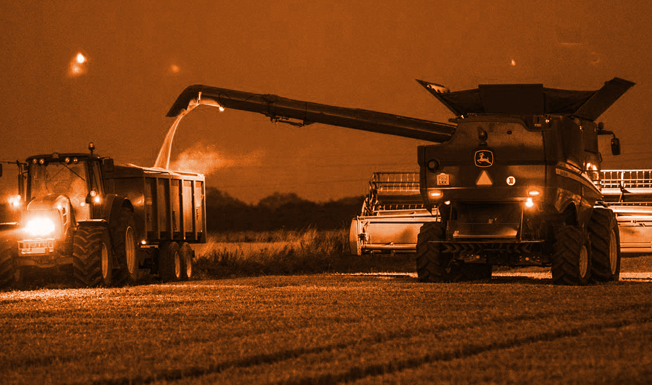Does carbon sit at farm level, or travel with the commodity? Is it the farmer who benefits, or the end consumer?
With news stories often being misleading, and the absence of clear guidance from government either nationally or globally, the carbon trade is confusing even the most experienced traders.
How many years count as ‘enough’ when it comes to experience? So asks Openfield’s head of compliance, shipping and research, Cecilia Pryce. As a junior trader, I was always told I didn’t have the experience to deal with issues – be that shipping, contractual or experience enough to even have an opinion! The 1990s were tough in that respect, but it did mean that you made a point of learning, and learning fast. Thirty-odd years of the grain trade later, and I’m beginning to question again if I’ve got enough experience to deal with the modern-day market moves and demand of customers. We can see the data, follow the graphs and plot the weather, but the politics of today and the fallout from the pandemic are becoming particularly challenging. Worse still is the speed at which we get news and the ability of computers to trade it. The recent and current news stories have added to price volatility, but what happens when the news stories are incorrect, misleading, or even manipulated? ‘Chinese whispers’ was a game we all played at school, but that was harmless compared to the price damage that news stories can do in today’s markets.
In a world of ever-increasing prices, created by cost inflation and demand pull, I do wonder if we are inadvertently solving the ‘food is too cheap’ argument along with dropping our carbon foot print. After all, if we use less expensive energy in our day-to-day lives, then many CO2 emission reduction targets will be met. But what happens to food prices, food security and ultimately those caught in the food poverty trap? Governments globally are facing these issues, and will have to tread with utmost caution. The balance between taking land out of production for environmental gains versus providing food just stepped into a new arena, clouded with a huge amount of uncertainty. With no clear lead, the issue of carbon measurement in the agricultural sector looks to be ‘homeless’. Does carbon sit at farm level, or does it flow with the commodity? If it sits at farm level, will farmers be paid by the government for lowering their farm units carbon footprint, or do governments establish a scheme that allows farmers to trade their carbon benefits? But is that then a farm carbon number, or a number which travels with the commodity? If it goes with the commodity, is it the end consumer who benefits or the farmer, and how many times will the carbon footprint be traded? It’s all rather confusing, and certainly not helped by there being no one approved carbon calculator or guidance from governments, either nationally or globally.
Feedstock for Biofuels has to provide a carbon footprint to accompany the grain or oilseeds. This is based on the region it was produced, and the data/methods of calculation have been approved by the Renewable Energies Directive – an EU Directive – but where does the UK go from here post-Brexit? From what I can see, there is no answer or clarity – and while there isn’t any, I suggest that farmers need to keep their eyes wide open and gain as much experience as possible by taking time to do some homework. The Global Farm Metric (more details at www.sustainablefoodtrust.org) may be a good start, but please keep your mind open and remember (from my current perspective) there isn’t a correct answer, but the direction of travel is unlikely to change. We need to protect the environment, provide a metric which proves we are, while also addressing food security and poverty. Answers on how we do so on a postcard, please!
Fertiliser matters
There has been little change in the markets over the past few weeks, although we have seen a slight reduction in urea prices due to a lack of demand globally, comments Openfield’s fertiliser manager, Lucy Hassall. AN levels have remained unchanged, with a continuation in tight supplies. Currently, CF’s plant at Ince is not producing – along with Russia banning all exports of AN, these are both contributing towards lower availability of product. In mid-February there was the added uncertainty over Russia potentially invading Ukraine and what effects that could have on the industry.
We have seen an increase in soil testing for nitrogen this year, which allows growers to not only assess the nitrogen that is currently present in the soil, but also how much will be additionally available during the growing season. This allows for more accurate decision making when purchasing nitrogen and potential savings to be made.




